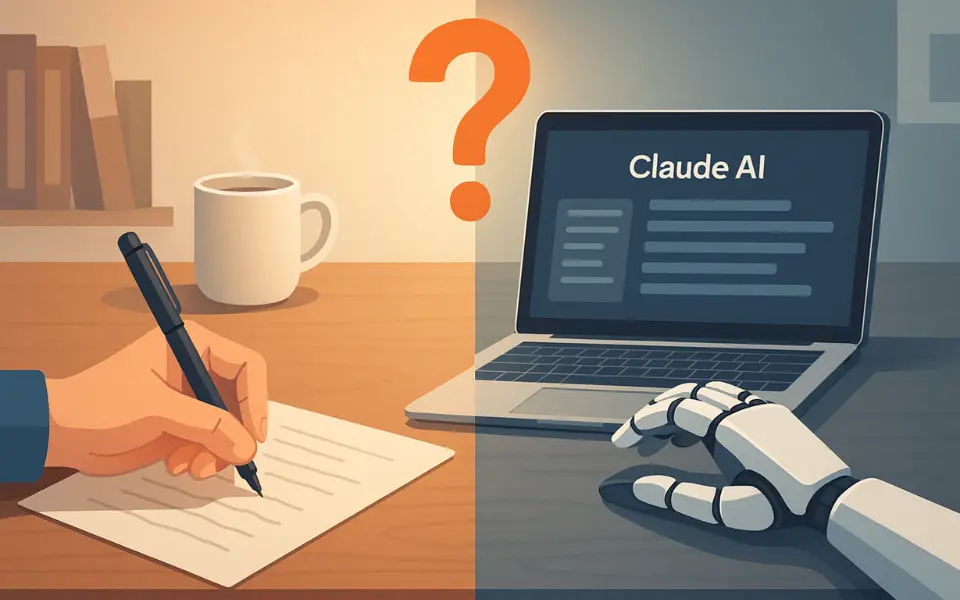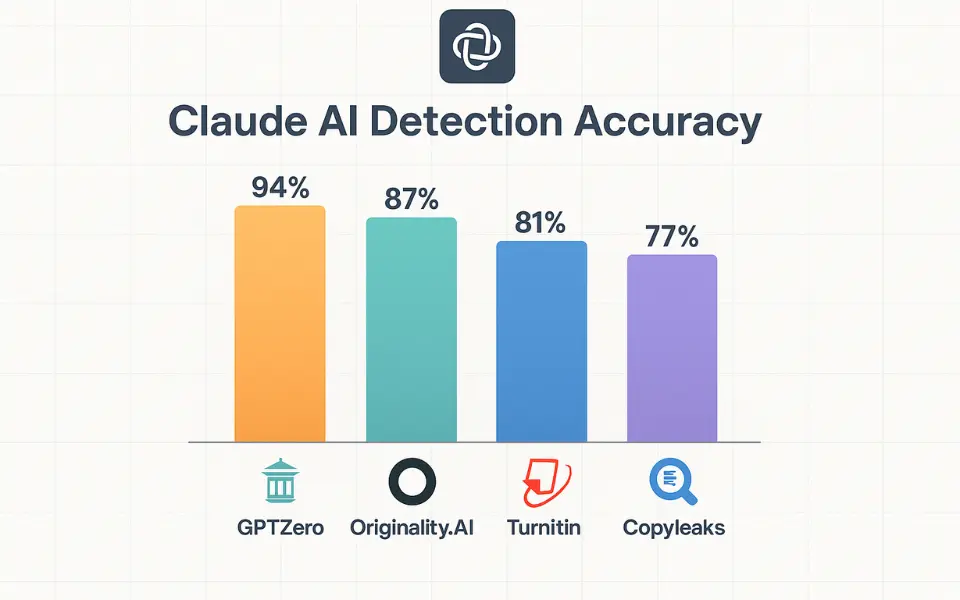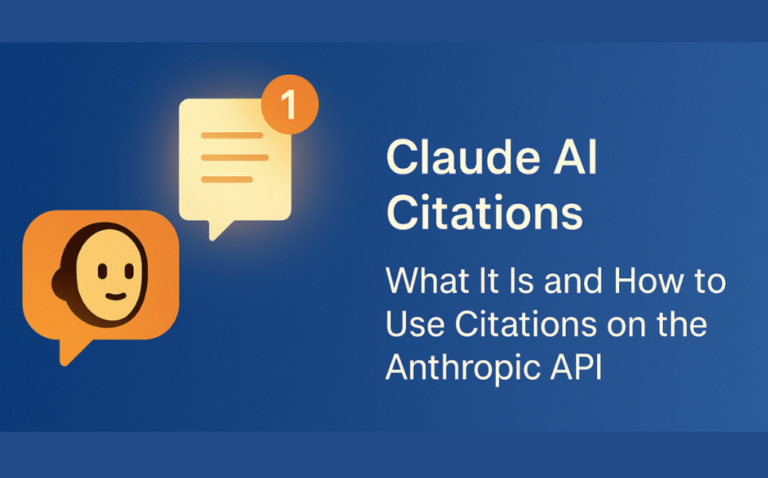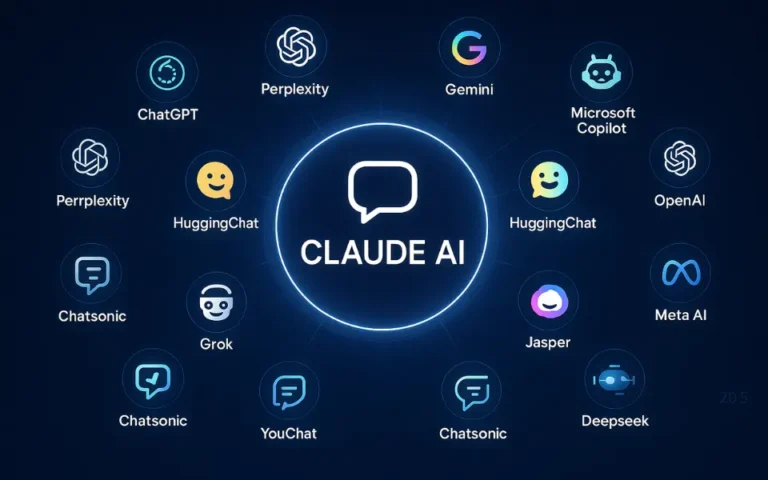Is Claude AI Detectable? A Deep Dive into Detection Tools, GPTZero & Turnitin Accuracy
Artificial intelligence tools like Claude AI are revolutionizing how content is created. With the rise of AI-written articles, essays, and scripts, a pressing question arises: Is Claude AI detectable? And if yes, how accurate are detection tools in identifying text written by Claude versus a human?
As of 2025, AI detection has become a key concern in academic integrity, journalism, content moderation, and online trust. This article dives deep into the capabilities and limitations of AI detection tools when dealing with Claude AI-generated content.
Claude AI, developed by Anthropic, is a sophisticated large language model (LLM) designed with ethical principles and a deep understanding of human-like communication. This makes it not only powerful but also more difficult to detect using conventional AI detection tools.
In this comprehensive guide, we explore the capabilities and limitations of AI detection as it relates to this LLM. We’ll delve into detection methods, their effectiveness, and the future of identifying AI-generated content.
What Is Claude AI?
Claude AI, developed by Anthropic, is a next-generation large language model (LLM) designed with a focus on safety, transparency, and alignment with human values. Unlike some models that focus primarily on raw power or open-ended generation, this model uses a technique called Constitutional AI, which means it’s guided by a set of ethical principles during training.
Key Features of Claude AI:
- Highly fluent and coherent language generation
- Designed to avoid toxic, misleading, or harmful content
- Strong reasoning and contextual understanding
- Competes with ChatGPT-4 in quality and alignment
Is Claude AI Detectable?
Yes, Claude AI is detectable, but less reliably than older models like GPT-3 or GPT-4. Detection tools such as GPTZero and Turnitin may flag Claude-generated content, but accuracy is inconsistent, especially with well-edited or blended text. As of 2025, no AI detector can guarantee 100% accuracy in identifying Claude AI output.
Why Is AI Detection Important?
With the growing adoption of tools like Claude AI, many sectors want to distinguish between human-written and AI-generated text:
- Academia: Prevent plagiarism or cheating in essays and assignments
- Journalism: Ensure authenticity of authored content
- SEO & Web: Maintain trust with readers and Google’s content quality standards
- Content Authenticity: Avoid manipulation or misinformation campaigns
How AI Detection Works
AI detectors analyze linguistic patterns, perplexity, burstiness, token usage, and more to predict whether text was generated by a machine.

Common detection tools use:
- Perplexity: A measure of how predictable text is. AI-generated text tends to be lower in perplexity.
- Burstiness: Human writers vary their sentence lengths and structure more naturally than AI.
- Statistical Fingerprints: Some detectors try to detect the unique “signature” of an LLM like GPT-4 or Claude.
Related: Claude AI Alternatives
Can Claude AI Be Detected by Tools Like GPTZero or Turnitin?
1. GPTZero
GPTZero is a widely used AI detection tool known for its strong performance in academic environments. It analyzes burstiness and perplexity to differentiate AI from human text.
- Effectiveness: GPTZero can sometimes detect Claude-generated text, especially if the output is highly structured or generic.
- Limitation: Claude AI tends to mimic human-like variation better than older models, making detection less reliable.
2. Turnitin AI Detector
Turnitin integrated AI writing detection in 2023, with a focus on identifying educational dishonesty.
- Effectiveness: It struggles more with Claude AI compared to GPT-3 based tools.
- Limitation: High false positives and negatives are still common, especially with well-prompted Claude responses.
Why Claude AI Is Harder to Detect
Claude AI mimics human writing patterns with varied tone, structure, and coherence. This makes detection significantly harder especially in long-form or nuanced content.
- Natural variation in tone and sentence structure
- Ethical bias toward balanced, nuanced answers
- Reduced use of repetitive AI signals like rigid structure or vague phrasing
- Contextual awareness, reducing abrupt transitions
Limitations of Current AI Detection Tools (2025)
Despite advancements, AI detection tools still face major challenges:
Major Limitations:
- False Positives: Human writers, especially non-native speakers, can be wrongly flagged.
- Bypass Techniques: Paraphrasing and hybrid content (human + AI) evade detection.
- Low Transparency: Most tools don’t disclose methodology or confidence scores.
- Claude-Specific Challenges: Lack of Claude-specific training data in detectors.
- Model-agnostic Detection: Many detectors are not specifically trained on Claude AI.
Tips to Make Claude AI-Generated Text Less Detectable
Note: This information is for educational and ethical use only.
Ways to Reduce AI Detection Risk:
- Blend AI with Human Input: Add personal insights, experiences, or mistakes.
- Vary Sentence Lengths: Avoid mechanical rhythm.
- Paraphrase Strategically: Rewrite sections manually.
- Use Contextual Prompts: Guide Claude to write more conversationally.
When to Disclose AI Usage:
- In academic or journalistic content
- In compliance-heavy industries (finance, healthcare)
- When building audience trust is vital
Ethical Considerations: Should You Even Try to Hide AI Usage?
In many contexts, transparency is not just ethical but also strategic.
Disclosing AI usage:
- Builds trust with readers
- Avoids academic or professional penalties
- Helps collaborate responsibly with AI
Misusing AI to deceive can harm reputations and violate platform rules or laws.
AI Detection Tools Compared (2025 Update)
| Tool | Claude AI Detection Accuracy | False Positives | Best Use Case |
|---|---|---|---|
| GPTZero | Medium (~60-70%) | Moderate | Academia |
| Turnitin AI | Low (~50%) | High | Student essays |
| Copyleaks | Medium | Low | SEO/blogs |
| Writer.com | Low | Low | Business content |
| Sapling AI | Medium | Medium | Grammar + detection combo |

The Future of AI Detection
As AI models improve, so must detection methods. Several advancements are underway:
Emerging Trends:
- Watermarking: Embedding invisible signals in AI text.
- Stylometry Evolution: Using advanced pattern recognition.
- Multi-Model Training: Detection tools trained on Claude, GPT, Gemini, and more.
- AI vs. AI: Using generative models to identify each other’s output.
The race between AI generation and AI detection will continue to shape ethical standards and content integrity.
Conclusion: Claude AI Detection – A Complex but Manageable Challenge
The mode represents a new generation of AI writing tools that are not only intelligent but also ethically designed and difficult to detect. While tools like GPTZero and Turnitin offer partial solutions, none are fully reliable, especially against well-crafted or human-edited Claude content.
For writers, educators, and content creators, the key is to approach AI ethically and strategically. Understand its capabilities, acknowledge its limitations, and use it to augment rather than replace human effort.







